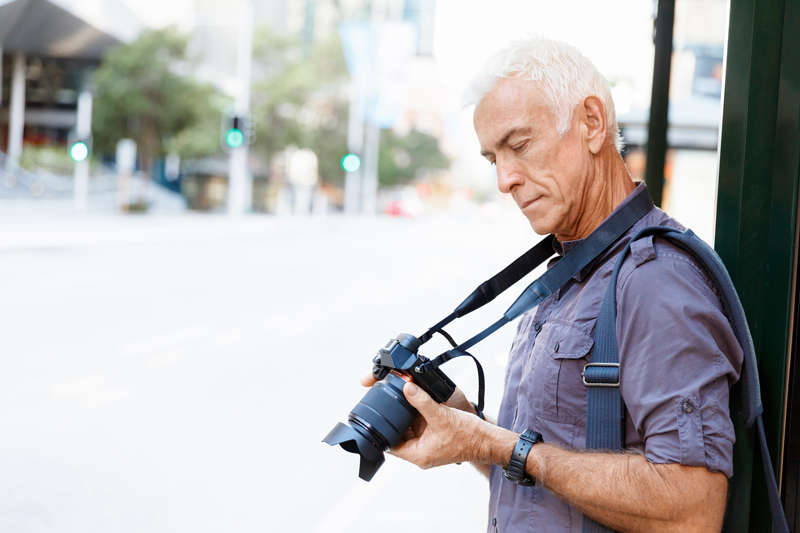12 Tips for the Camera Challenged
I’ve said before that I love to travel. My biggest regret is not being a better photographer. I’m the one always aiming directly into the sun or (accidentally) covering the lens with my finger. It’s cost me emotionally, but I’ve learned to first make sure the lens cover is off and look through the viewer to be sure I don’t have a finger in the frame. “Camera challenged”, thankfully, is not a disease and we can all take steps to improve our photos.
In researching for this article, I found an array of tips for the beginner, advanced professional and everyone in between. Not everyone has an expensive Nikon, Canon or brand name camera. If you’re like me, you may be content to just use your iPhone. After all, I’m not a professional and just want some nice memories of my travels. That said, the tips I’ll be sharing are geared more for the beginner and intermediate shutterbug.
- Know your equipment –If you still have your iPhone’s directions, read them. Even better, go to Youtube and watch a tutorial on how to operate it, becoming familiar with all the different settings and uses. Before you leave home, practice using the camera.
- Research your subject(s) –Read everything you can about the place(s) you’ll be visiting, especially local newspapers and social media. Know when the light is best for the picture you want. Is it early morning, dusk or ten o’clock at night? Upon arrival, befriend a local, they may give you invaluable tips on the best shots as well as sites not often visited by tourists.
- Blend in – No one wants to be the ugly tourist. There’s no need to carry every lens or accessory. Take only what you’ll need for that day’s photos (remember, you’ve already done your homework). Plus, you don’t want to stand out, garnering attention from thieves or muggers.
- Use people whenever you can– Landscapes are better with people in They create a feeling and add personality.
- People can also help create a sense of scale – For example, if you’re taking a picture of a giant California redwood, standing a person next to it will let the viewer know just how colossal the tree is.
- Try shooting in “burst mode” – On the iPhone, simply press and hold the shutter to take photos in burst mode. You may be pleasantly surprised at what you get.
- Set your phone on the roof of your car –The reflections from your car’s roof can add some visual interest, particularly if the cloud formations are intriguing.
- Put your phone next to the water’s edge – This will capture that ripple you might otherwise not see.
- Get down low for a more interesting foreground – Phones typically have poor depth of field, so bring your lens to the ground. This up-down perspective elevates your subject.
- Bad weather is an opportunity for a great photo –Don’t leave the beach when it begins to rain. Poor weather conditions are great opportunities for good pictures. If it’s raining or snowing at night, you can leave your flash on and use Slow Shutter Cam to create streaks. Overcast days can also mean interesting cloud patterns in the sky, so don’t stay indoors because the weather isn’t crystal clear. You could be missing a great shot.
- Get a waterproof case – You can live dangerously and get your phone wet, just be sure it’s in a waterproof case. Ask your nearest camera store or go online to see what is best for your phone. When in doubt, ask a pro. Know beforehand how far underwater you intend to go.
- Get insurance –Insurance may not be a bad idea. Two years ago, I dropped my phone, smashing it on the concrete. It cost me over $500 for a new phone. I purchased a policy when I got the new one, but if you’re traveling, especially in rough terrain, it could save you some money and a headache or two.
Not every tip I’ve shared is about how to make a better shot, one or two cover preparation and generalities. There are, of course, hundreds of more tips, but these can be a stepping stone for creating better memories to share with your family and friends. I hope these tips help to make your next trip a little more enjoyable.


Recent Comments